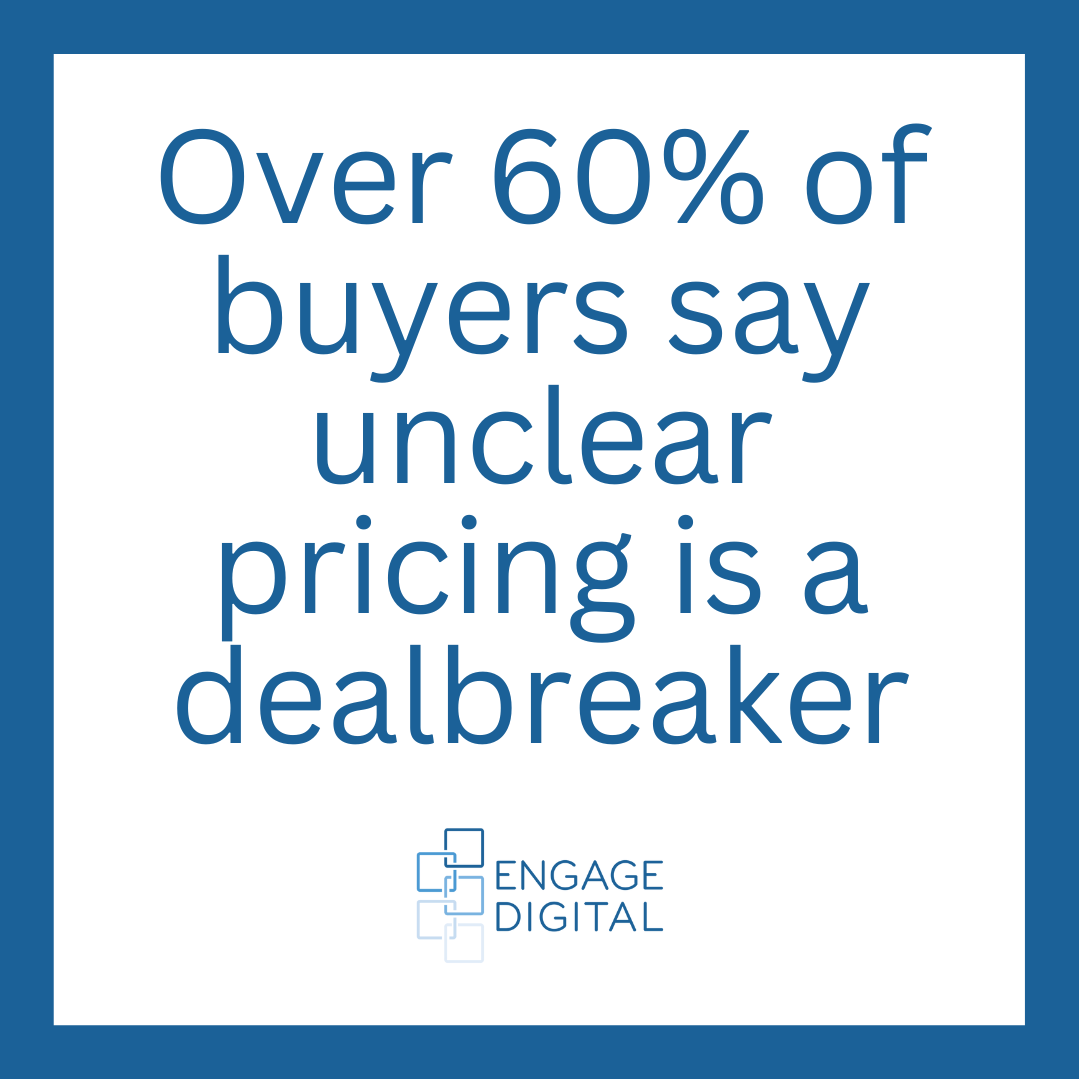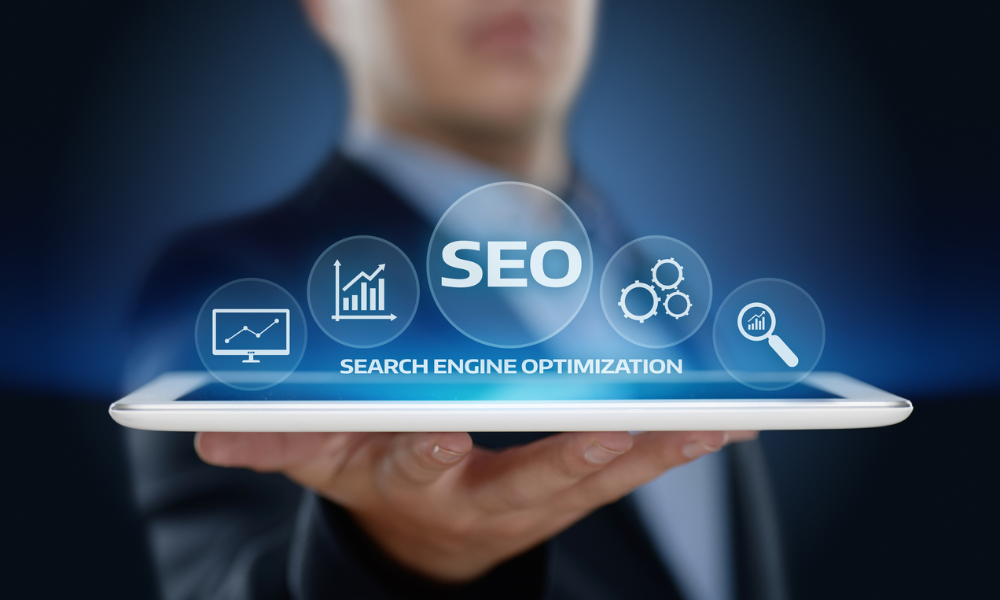We’re rapidly entering an era where your next customer might not be a human at all; it could be an AI agent.
In fact, your future prospects may never even visit your website. Instead, their AI “buying assistant” will scan the internet, review thousands of vendor options, compare features, trust signals, and, most critically, pricing. Then it will deliver a shortlist of top choices to its human boss.
If your website doesn’t clearly list pricing, you won’t even make the list.
AI Is Replacing the Research Phase
Tools like ChatGPT with browsing, Google’s Search Generative Experience (SGE), and Perplexity are just the beginning. They’re evolving from passive assistants to proactive agents. In the very near future, they’ll handle much of the research and comparison shopping for their users, whether it’s selecting a software tool, hiring an agency, or booking a service provider.
That means your website needs to speak directly to machines. And machines need structure, clarity, and most importantly, data. Pricing is no longer optional—it’s required.
No Pricing = No Visibility
AI-powered search tools are already learning to filter out vague or incomplete results. A site without pricing will increasingly be seen as unhelpful. In a world where every data point counts toward ranking or recommendation, hiding your prices is like turning off your website’s visibility.
Consider how this works:
* AI agents look for structured data like pricing tables, service tiers, or embedded schema.
* They prioritize transparency, reviews, testimonials, case studies, and cost estimates.
* They eliminate vendors with vague or missing information to reduce the decision-making burden for their users.
If your competitors list pricing and you don’t, guess which one the AI recommends?
Trust Signals Are Already Being Ranked
Price is only one part of the equation, but it’s a major one.
AI agents also analyze trust signals, including Google Reviews, Clutch or G2 ratings, social media engagement, video testimonials, and the freshness of case studies. These signals will be weighed alongside pricing to determine who’s worth recommending.
If your pricing isn’t visible, your trust signals need to be off the charts to even stay in contention.
But What If My Pricing Is Custom?
This is one of the most common objections—and it’s valid. Many service businesses have variable pricing based on scope, needs, or deliverables.
The solution? Publish starting prices, price ranges, or example packages.
Here’s what works well:
- Projects start at $3,500.
- Most clients spend between $5,000 and $8,000 per month.”
Here are three packages with estimated pricing based on common needs.”
This satisfies the AI’s hunger for data and helps human buyers self-qualify. Win-win.
Buyers Are Already Demanding It
 This shift isn’t just driven by technology—it’s fueled by consumer behavior. Studies show that:
This shift isn’t just driven by technology—it’s fueled by consumer behavior. Studies show that:
74% of B2B buyers say they’re more likely to engage with vendors who publish pricing.
(Source: 2025 Demand Gen Report)
Over 60% of buyers say unclear pricing is a dealbreaker.
(Source: Gartner 2025 Future of Buying Study)
The people have spoken—and soon, their AI agents will speak even louder.
AI Buying Agents Will Be Brutal
We’re on the edge of a major leap in search behavior. In the same way SEO evolved to please Google’s bots, it’s now evolving to satisfy AI agents.
Those agents don’t get persuaded by sales decks or charm. They evaluate data points.
They’re efficient, emotionless, and incredibly thorough.
They will:
- Crawl your site
- Score your trustworthiness
- Verify external reviews
- Pull out your pricing (if it’s there)
- Stack you up against your competitors
Then they’ll summarize it all into a three-sentence executive summary that helps their human make a decision. If you didn’t give them the data, you’ll be skipped entirely.
What to Do Now
To stay relevant in 2025 and beyond, prioritize pricing visibility.
Start here:
- Add a pricing page to your website
- Use schema markup to help machines understand your pricing
- Offer ranges or “starting at” prices if exact quotes vary
- Pair pricing with trust signals: testimonials, reviews, and case studies
- Keep your pricing updated and easy to find
Publishing your pricing used to be optional—a “nice to have” for buyers further down the funnel.
In the age of AI-driven search and decision-making, it’s your ticket to even being considered.
So, the question is no longer “Should I share my pricing?” The question is: “Can I afford not to?”






